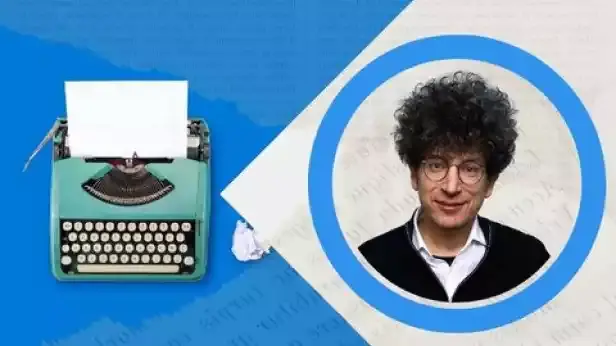10 Algorithms to Help Us Be Better At Making Decision
Ideally, we want the best possible outcome with the least amount of resources or regret whenever we make decisions.
Sometimes we can make decisions based on our guts, but it is often hard to know what to do. We need a process to help us increase our odds to avoid regrets and achieve the desired outcome.
Algorithms can help you make better decisions when it’s hard to know what to do. Anything can be an algorithm as long as a set of finite steps is followed.
I created an algorithm called the Tadaima algorithm. It is a set of actions that Japanese kids do when they get home from outside. The steps are in the following sequence: Say Tadaima (Im home), put shoes at the door, wash hands, goggle with water or
In many cases, it’s not about the algorithm itself or the output but paying attention to how it solves the problem. The process.
This is inspired by the Book "Algorithms to Live By", many algorithms are from the book, I added a few :)
Sometimes we can make decisions based on our guts, but it is often hard to know what to do. We need a process to help us increase our odds to avoid regrets and achieve the desired outcome.
Algorithms can help you make better decisions when it’s hard to know what to do. Anything can be an algorithm as long as a set of finite steps is followed.
I created an algorithm called the Tadaima algorithm. It is a set of actions that Japanese kids do when they get home from outside. The steps are in the following sequence: Say Tadaima (Im home), put shoes at the door, wash hands, goggle with water or
In many cases, it’s not about the algorithm itself or the output but paying attention to how it solves the problem. The process.
This is inspired by the Book "Algorithms to Live By", many algorithms are from the book, I added a few :)
1. Power Law - Life is non-linear
The compound effect is a manifestation of the power law.
An example of using the lower law is in learning a new language. For example, there are more than 50,000 characters in the Japanese language, most people do not know all of them. But you only need 1000 to be able to communicate and even read the newspaper (read, not understand)
The key is to know what action you do to amplify the outcome.
2. Dijkstra’s Algorithm - Shortest Path
This algorithm sends this list to the notepd server from my computer.
IP routing uses this algorithm to find the Open shortest Path First (OSPF).
We are faced in our life with choices or decisions.
The goal is to optimize our resources to achieve our goals. Dijkstra’s algorithm promotes the idea of pathway thinking. To achieve a goal, we first think about the paths to get us to our destinations or goals and calculate the shortest path.
Let’s say I want to be a proficient digital writer within a year. There are many ways to achieve this. I could take an online course and practice daily. Or I can join a cohort-based course or reach out to a professional writer and cut the time to days that otherwise would have taken months or even years.
3. Optimal Stopping - When to stop
This can be used to search for an apartment, a parking spot, a potential hire, or your future spouse. Say you have 1 month to find an apartment, visit 1 apartment every day for 11 days without making a decision. Then you decide on the first best choice you have based on the data you gathered.
4. “Shortest Processing Time” algorithm - Better Scheduling
It is important to weigh the importance, the deadline, and the time required to complete a task.
The first tasks you complete are the ones nearest the deadline. Skip the tasks that require the most time and work towards finishing more tasks overall.
I use this when I take certification exams. I read all questions, then do the quickest question. I only prioritize a question that takes two times as long if it is two times as important.
5. “Upper Confidence Bound” algorithms - When to try something new
A new restaurant has a 50/50 chance to provide a good experience because you have never been there. A good restaurant you tried before has more than a 50/50 chance of providing a good outcome, but you will miss out on trying a new restaurant. However, would you want to try a new restaurant on the last day of your vacation, knowing that visiting your favorite restaurant will give you the optimum experience?
6. Queuing Algorithm - Asynchronous life
With remote work, we are becoming more and more asynchronous.
This algorithm invites us to think of ways to increase our throughput using queuing.
7. Sorting - Organize your life
The merge sort method involves dividing things into multiple piles. Each pile should be sorted from A to Z. Then, these piles should be merged.
This can be used to divide winter and summer clothes, sort them with their alphabet names, and put them in the closet.
8. The Copernican Principle - Predicting the future
9. Caching Algorithm - Use your brain wisely
Most computing devices use a multi-level memory hierarchy.
To remember something faster, you need to make it readily available for the brain to use. This is done using methods like spaced repetition.
“The use of spaced repetition has been proven to increase the rate of learning” Wikipedia.

No comments.